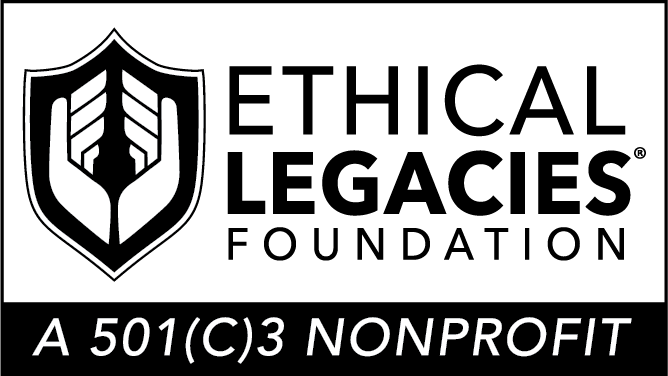Recent census figures estimate that about 90 percent of businesses in the United States are family-owned or controlled. The sheer ubiquity of these organizations makes it unlikely that all of their employees share genes with those in charge.
This disconnect can create problems.
Employees outside of the family circle might constantly question the leadership team’s decisions, citing concerns relating to bias. For employees who belong to the family, entitlement problems can arise when employees who are more closely related to management believe the family owes them certain titles, salaries, or benefits as a birthright. Or, both of these issues can combine to create a cancerous culture of infighting, in which family employees protest management decisions with claims that they’re subject to bias and that other family members are receiving preferential treatment.
If left unaddressed, these, along with myriad other internal conflicts, can drag down company morale and spell disaster for a family business. That’s why experts suggest that it’s critical to establish rules to ensure that the company functions judiciously and efficiently.
Day-to-day expectations of all employees should be uniform, regardless of an individual’s relation to the business’s leadership. According to the Family Business Resource Center of Broadway Bank, “Family employees should be subject to the same performance review processes as are non-family employees, and when the supervisor of the employee is a family member, it is often helpful to include a non-family manager or business leader in the review meeting.” Doing so, the FBRC maintains, ensures that the evaluation process is strictly about fulfilling work-related indicators, rather than allowing emotions to enter the process.
Another way family firms can head off infighting is through hiring practices. Implementing baseline standards and holding all candidates—family or not—to those standards greatly reduces the chances that any claims of nepotism take root. These standards might include requirements regarding education levels, past experience, applicable skills, or any other trait that could better the company.
Undue titles and discrepancies in salary between employees who perform the same job should also be avoided. If the son of the CEO and another non-blood-related employee both hold entry-level sales positions, both should receive equal pay and equivalent job titles.
Organizations should also lay out a well-organized and clearly explained hierarchy from the moment employees begin working for the family business, the FBRC suggests. Even if the rigidity and structure of a chain of command flies in the face of the company’s culture, providing that transparency helps employees understand that they answer to someone and that no familial bonds supersede that structure.
A code of conduct dictating acceptable behavior for all employees should also be included in the wide-ranging governance structure of a company. This alerts all employees that the same standard of decency and decorum is required of everyone, regardless of their background. Establishing a culture of uniformity in rules and behaviors can serve as a tremendous leveraging device down the road for family-run leadership teams, according to the FBRC.
As nearly every leadership team within a family business factors succession planning into their overall governance structure in some form or another, a critical component that many overlook is how non-family employees perceive heirs to the throne. Promoting a family employee who hasn’t earned his or her stripes by adhering to the same chain of command, hiring standards, and performance criteria that others have will almost certainly foster resentment among the rank and file. It’s better instead, the FBRC suggests, to use a robust corporate governance model as an opportunity to let family employees lead by example and prove their commitment to the corporation’s culture.
 Did you enjoy this content?
Did you enjoy this content?
If so, sign up below to be the first to receive new articles, updates and news from Ethical Legacies.


 Did you enjoy this content?
Did you enjoy this content?
